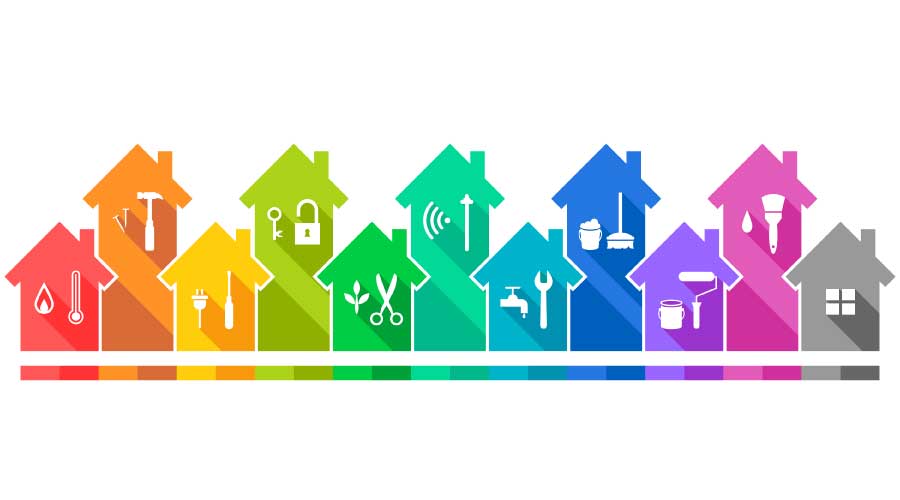How Demand-Response Programs Work Today
While energy efficiency programs may help reduce load during most hours, something else was needed to further cut loads for short periods. Rarely more than a few dozen hours a year, such intervals may occur because a power plant or transmission line failed, extreme heat, or a sudden jump in the cost of natural gas, which sets the peak power price in many parts of the nation. To respond to this need, grid managers called Independent System Operators, or ISOs, and utilities in more than 30 states have now set up demand-response programs offering options wherein customers could participate without risk if they fail to cut demand, or seek greater benefit in exchange for some financial risk if they do not deliver demand reductions.
While these programs were initially aimed at large (over 1 MW) customers, the spread of low-cost, “smart” meters that measure and report load in real time fostered such opportunities for customers down to the 100 kW level. With many buildings now having energy management or building automation systems that both monitor and control electric loads, many non-industrial firms now also participate in such programs.
Unfortunately, however, demand-response rules have occasionally been complex, with changing thresholds and procedures. Navigating them and maximizing their benefits proved daunting to customers lacking full-time personnel dedicated to controlling energy costs.
Answering that call have been dozens of demand-response service providers (also called curtailment-service providers) that handle the paperwork and metering and may remotely control some customer equipment. Acting as an intermediary agent, the demand-response provider offers — usually at no charge — to enroll customers and take responsibility for delivering financial rewards from demand-response participation.
While most work within their local regions, a handful have grown to cover many states, aggregating potential load reductions into a commodity product for sale to grid operators, utilities and power marketers. Some large retail power suppliers now view demand-response services as a growth center.
Some demand-response aggregators also offer the same services provided by energy service companies (ESCOs), such as energy audits and upgrades for energy-consuming equipment, such as lighting. Several also offer options for upgrading existing diesel generators by adding emissions controls so they may participate in demand-response programs.
Lindsay Audin is president of EnergyWiz, an energy consulting firm based in Croton, N.Y. He is a contributing editor for Building Operating Management.
Related Topics:

















